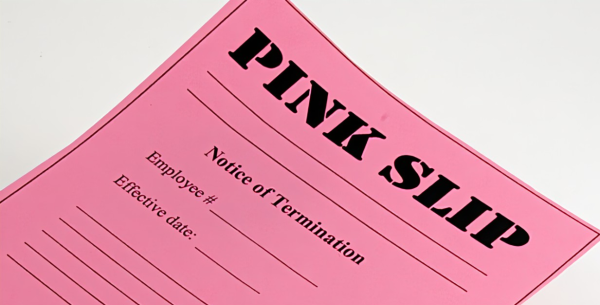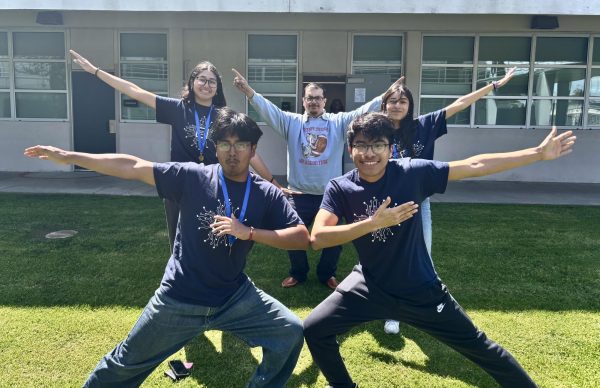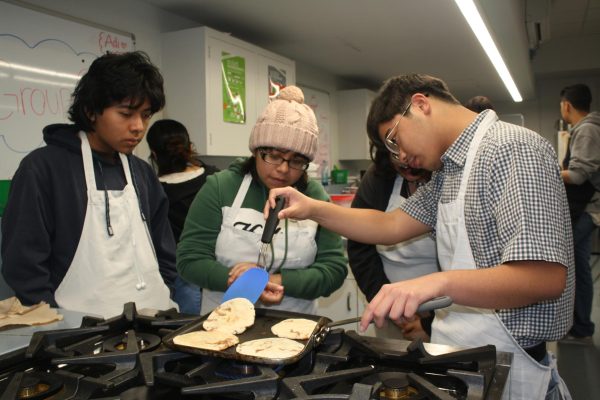Suicide Prevention Month raises awareness
September: National Suicide-Prevention Month
Every day – or approximately once every 12 minutes — it is attempted by about 123 individuals. That’s over 45,000 Americans each year. It is the second leading cause of death in the world, and tenth in America. According to the Center for Disease Control and Prevention (CDC), these numbers are just some of the chilling statistics of suicide.
September has passed but it is important to remember that it was National Suicide Prevention Month. More specifically, the week of the Sept. 8-14 was National Suicide Prevention week, a time of awareness and to recognize and be informed about the warning signs of potential suicide and the many resources one can use to get help.
The topic of suicide itself is seen as a very heavy topic to many. It is not typically talked about nor seen on the outer face of society; instead, it works behind the scenes, hiding the shadows. However, due to the changes in society and increased mental health awareness, people have been more encouraged to talk more openly about suicide and acquire help. And schools are no exception to this.
With the increase of social media use, depression, and anxiety, adolescents and young adults are of a highlighted concern. Because of this, schools such as Channel Islands have many resources to help students deal with various mental health issues, including depression and suicide.
“It is a very touchy subject,” says Mr. Ivan Kozin, Channel Islands’ intervention specialist.
His job is part of the school’s “student crisis” team. He is one of the many people students go to when they are in a severe academic or emotional situation. And, like many other staff members, he is trained to deal with students who may have suicidal thoughts.
Kozin describes the generic red-flags and signs that people should look out for, including excessive sleeping and crying; a person keeping to themselves or not enjoying things as much as usual; and self-harm. Though one thing to note, self-harm doesn’t guarantee suicide, but could mean depression, and depression also doesn’t necessarily include suicidal thoughts.
“Students need to have the courage to be more open to talk about these things,” Mr. Kozin said. “Most of the time our reports come from friends of the student in crisis.”
He added that two obstacles that come in suicide prevention are shame and stigma. “Mental health in some cultures… some people think it can just go away,” he said.
In this case, Mr. Kozin is just as trained to talk with parents as much as students.
Mr. Kozin is just one of the many resources CI offers as a frontline defense against mental health issues. There are Clinicas therapists that visit the school regularly and counselors always open for students to talk with them. Ms. Melina Sand is one of those counselors.
“Students should feel that school isn’t just a place for business, but a safe place where their feelings are valid,” Sand says. “Our job as counselors is to help students not just academically, but socially and emotionally as well.”
There are many other resources and actions available one could take to get help or help another who is in a crisis state. First, there is the suicide prevention hotline (1-877-727-4747) and crisis support text number (839863) on the back of student ID cards. There is also a Youth Outreach Line for Ventura County (805-469-5882) for people ages 12-21. These contacts include young adults and even adolescents who are meant to talk to any kind person in a crisis. The school can direct students and their families to various mental health services and programs which help with dealing with many kinds of trauma and abuse. And lastly, there are teachers, counselors, and other students that one can always talk to.




